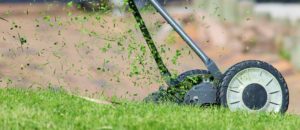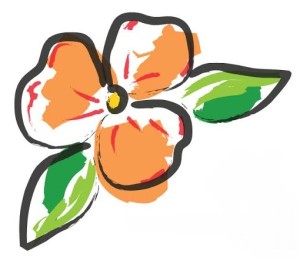Wh en the weather turns hot and dry, lawns often seem to suffer. Understanding your turf helps you give it the best care possible.
en the weather turns hot and dry, lawns often seem to suffer. Understanding your turf helps you give it the best care possible.
A number of grasses grow in Maryland, but turf-type tall fescue offers homeowners a hardy grass that grows throughout the state. (If you have another type of grass, see the link at the bottom of the blog.)
A long-lived grass, tall fescue is deep-rooted and spreads on short, underground stems or rhizomes. Its seeds germinate quickly (10-14 days). It can also be purchased as sod. It prefers full sun to moderate shade. It should be cut to a height of 3 inches when it is growing.
Lawn Care During Hot, Dry Spells
Tall fescue doesn’t need to be watered in the summer since it goes dormant when the weather is dry and hot. The most drought tolerant of the turf grass species, it is the least prone to disease and insect problems, according to the University of Maryland (UMD) Extension. Once it rains more frequently and the temperatures drop, the grass will become green again.
During hot stretches when it is still growing, raise the mower height 1/2 to 1 inches. Do not mow dormant lawns. Allow grass clippings to naturally decompose on your lawn. This does not create a thatch build-up or cause disease. It does add organic matter and contributes nitrogen to your lawn. Never fertilize turf grass during the summer. For more information about all types of turf and lawn care, visit the UMD Extension site at: http://extension.umd.edu/sites/default/files/_images/programs/hgic/Publications/HG102%20Lawn%20Establishment%20Renovation%20Overseeding.pdf

Laura
